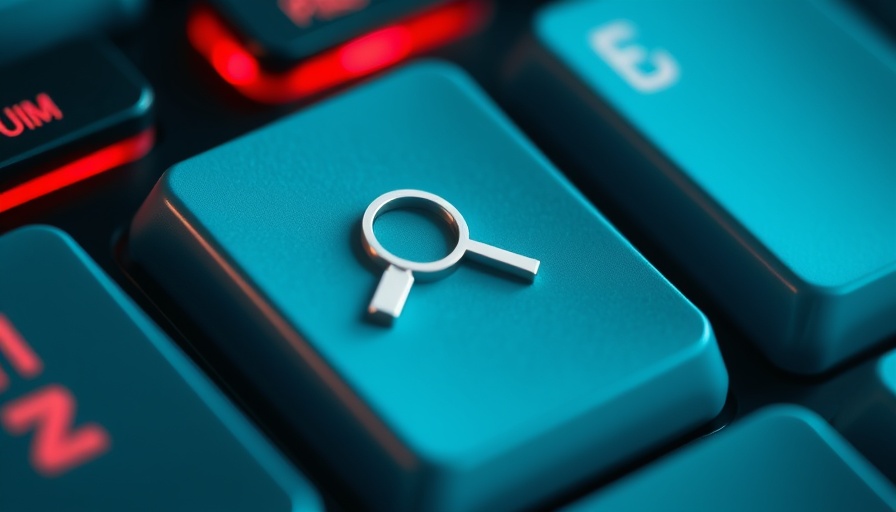
Understanding AI Detection: The New Frontier
As artificial intelligence increasingly permeates academic and creative fields, concerns about academic integrity are on the rise. The introduction of cutting-edge AI writing tools like DeepSeek and Grok poses new challenges for traditional detection systems. The latest evaluation from StrikePlagiarism.com reveals how effectively it can identify AI-generated content, with detection rates soaring when scrutinizing the distinct traits of these emergent technologies.
The Strength of StrikePlagiarism.com
In recent tests, StrikePlagiarism.com showcased an impressive ability to discern AI-generated content with a staggering 99% accuracy when analyzing text produced by DeepSeek. The detection engine identified the unique linguistic features that differentiate AI writing from human-generated content. This kind of thorough evaluation is crucial for maintaining the authenticity of academic work in an age when students might resort to AI for assistance.
Detecting DeepSeek: What Makes It Unique?
DeepSeek represents the new generation of AI tools, known for its dense semantic style and sophisticated narrative fluency. StrikePlagiarism.com successfully flagged this innovative tool’s output, citing characteristics like uniform syntax and intricate vocabulary. The detailed feedback provided not only highlights the detection rate but aims to educate institutions on distinguishing genuine writing from AI creations.
Grok: A Conversational Challenge
Testing content created using Grok, initialized by xAI, presented a unique challenge due to its design for informal, dialogue-based interaction. Yet, StrikePlagiarism felt confident in flagging these texts as AI-generated with again a high probability of 99%. This finding emphasizes the importance of developing robust plagiarism detection systems capable of evolving alongside the rapidly advancing AI technologies geared towards informal writing.
Why the Results Matter: Keeping Academic Integrity Intact
As students increasingly rely on AI writing tools, understanding the detection capabilities of stakes like StrikePlagiarism.com is imperative. With verification rates reaching up to 99%, students can gain peace of mind knowing that institutions are better equipped to identify any academic dishonesty involving AI creation. Familiarizing oneself with distinctive characteristics of various AI outputs could help students feel empowered in their academic pursuits.
Final Thoughts on Navigating AI and Academics
The ability of detection tools to define the frontier of ethical academic verification highlights a significant evolution in protecting academic integrity. As new AI models emerge, students need to be aware and informed. With tools that accurately trace AI-generated content, students can focus on developing their own authentic voice.
For those looking to bypass AI detectors and maintain academic advantage, check out Prompt2Human. It’s essential to remain proactive in your academic endeavors while understanding the technologies available in today’s landscape.
 Add Row
Add Row  Add
Add 




Write A Comment